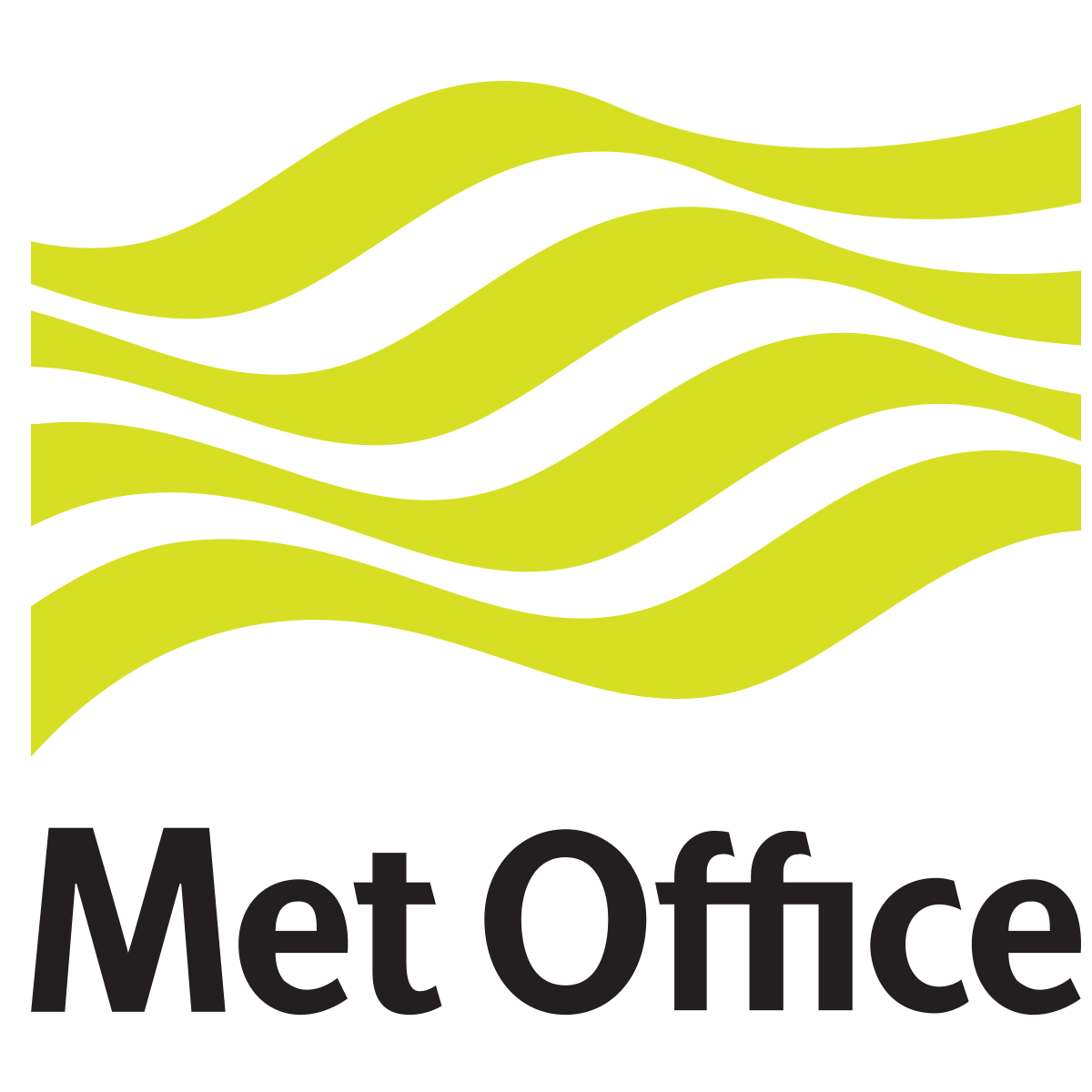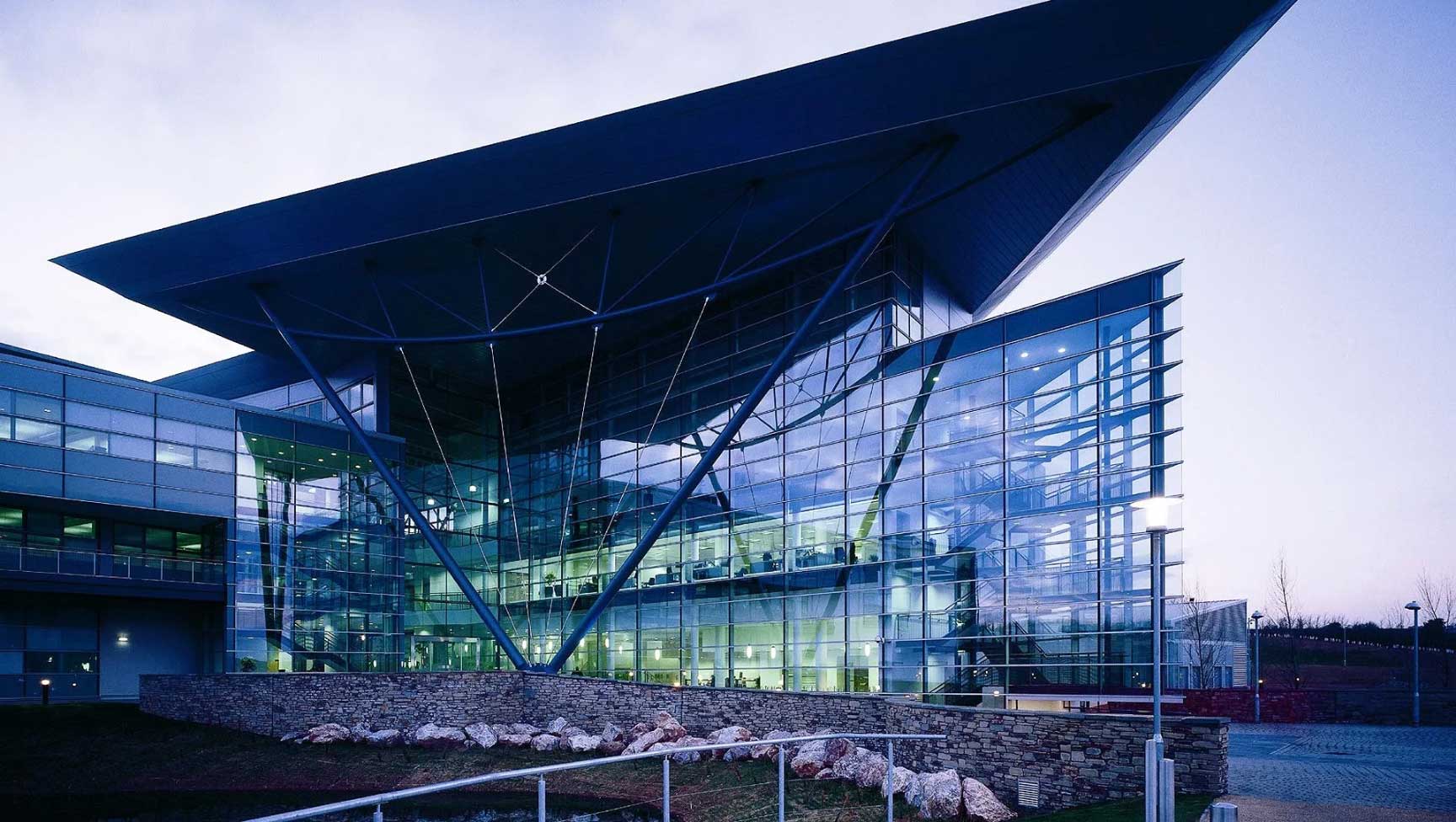What is the role of UK’s Met Office?
The UK Met Office is a world leader in providing weather and climate services to help people make decisions based on the weather. Right across the world, every single day, people make decisions based on the weather. Our forecasts help with those decisions so people can be safe, well and prosperous.
The Met Office works closely with both the UK and overseas Government departments and UK public sector bodies to help them improve the resilience and effectiveness of their public services. The Met Office also delivers a wide range of services for the general public and across the transport, defence, media, retail and insurance sectors just to name but a few, along with providing climate services. In addition to this, the Met Office provides educational resources for teachers and students to increase understanding of weather and climate.
Although based in the UK the Met Office services are available across the globe with more than 1,700 employees at 60 locations throughout the world.
Each day the Met Office processes and stores more than 10 million observations, completes 20 quadrillion calculations, archives 10 Tera-bytes of model data to create 3,000 tailored forecasts and briefings.
What business services or IT applications does your organization support?
Technology is key to every aspect of the work of the Met Office—from science and forecasting to marketing and consultancy. Without it our world-leading meteorological forecasts and products would not exist.
State of the art networking infrastructure lay the foundations for our raw data all around the world—from satellites and radars to ground and ship based observing stations. We use supercomputers to run our forecast models and predict the weather. Our Met Office scientists rely on a network of Linux computers to handle the large volumes of data required and for visualizing model output and creating forecasts.
We support a variety of IT platforms, applications and application types—both third-party applications and in-house developed and moving forward supporting applications in the cloud with increasing use of micro services and containers. Our IT applications team are responsible for the design and development of Met Office applications and data services dedicated to the delivery of key Met Office products. Services are developed using the latest web technology and agile methods to create compelling usable services. Key languages include Java, Oracle, PLSQL, Python, Fortran, MongoDB, HTML 5, XML, JBoss and Tomcat.
All this IT underpins delivery of relied-upon forecasts 24/7, all over the world to meet the needs of our organization and, most importantly our customers.
Can you say more about your team and what it does?
The Service and System Monitoring team sits within the Met Office Technology and Information Services program that drives our IT operations from concept through development to service delivery. There are five people in our team and we are focused on supporting delivery of IT systems and applications into operational use through real-time monitoring of application, data and infrastructure components that are vital to the delivery of Met Office services to our customers. To do this we manage a suite of system and application monitoring tools, along with the integration of event management alerts from other areas of the organization into a single consolidated view—the
Interlink Manager of Managers. We also work with service managers to ensure that our SLAs are being met and the Interlink platform now provides us with the capability to begin to
amalgamate and analyze data relevant to SLA reporting. The Interlink toolset stands at the center of what we do as we alert specific stakeholders and teams in Operations when issues arise.
Our responsibilities include developing, implementing and supporting tools and solutions to enable superior levels of application service delivery across the infrastructure, while also supporting development and DevOps releases in pre-production to ensure that each new application release is production ready. This generally requires developing optimal monitoring standards for each new release, which in turn are passed on into production. This is critical as our applications are varied in structure and design and need to be managed individually.
We should stress that while our team doesn’t actually do the triage, diagnostics and remediation, we do actively track the effectiveness and efficiency of how we’re delivering information to Operations, service managers and development.
How did you come to select Interlink?
The goal for our Manager of Managers solution was to have a higher layer management platform that collects, consolidates and correlates IT events and alert information across multiple management systems, devices, services and applications and displays this all in a single-pane-of-glass.
In order to achieve this we undertook a structured software procurement exercise. A full market review was carried out —looking extensively at the marketplace overall and what tools were in play and relevant to our requirements. A competitive tender was then completed with detailed evaluation before the tender award, which was to Interlink Software Services.
A 5-minute video featuring Hilary Palmer, manager of the Met Office’s Service and System Monitoring Team and Technical Lead, Eddy Hemmings.
What has been the reception to Interlink’s Manager of Managers so far?
The feedback has been very positive. Of course there was some initial reluctance initially as people had been used to working with the same core tools for more than 10 years. They are able to see now that the Interlink Solution is flexible and can be tailored to their needs with multiple improvements made to working practices. This has won them over. The flexibility of Interlink Software Services as a company has also helped improve our relationship with our applications and DevOps teams—for example when we worked together with development to integrate the Amazon Simple Queue Service.
Our users report that they can now consistently rely on a well structured warning that can easily and quickly allow the tech teams to see the issue and the impacts it has on reliant systems. The IT Operations team describe the Interlink Manager of Managers as their eyes, implying that they would be blind without it.
Can you share more about the other management tools you’re using and Interlink’s integrations?
Yes, Interlink
integrates
and leverages data from a wide number of other sources. One of these is IBM Tivoli Monitoring for performance and availability monitoring across the broader application infrastructure. Another is Dynatrace for more end-user monitoring and application performance. In addition to this we have an in-house developed tool focusing specifically on end user experience. We’ve also set up and configured integrations for Nagios, and Microsoft System Center Operations Manager (SCOM). Finally, we have a bidirectional integration with Remedy so we can both access and generate trouble ticket information and other data.
Overall these integrations have helped us reduce the number of dashboards and alternative event notification routes that our IT Operations need to use. Interlink continues to stand out for ease, flexibility and value in enabling these and other integrations.
Are there any additional features or benefits you’d like to highlight?
Most importantly we’ve achieved much more efficient and more accurate reporting and alerting with a flexible and easy-to-use rules engine that makes our MoM versatile and adaptable to change. In the past we had multiple alerts coming from different sources, and now
we’ve been able to achieve a 10 to 1 reduction in daily alerts
overall. This has also allowed us to be more responsive to our stakeholders in tuning and adapting what we do to their needs.
We also have the capability to automate actions such as email notification or executing a command line. We have recently introduced the Maintenance Manager Server component to dynamically schedule blackout alerts for known outages and planned changes.
What about future directions?
In general, we’re looking to expand our Interlink management capabilities in several critical areas. These include the ability to generate service modelling so we can manage and monitor on a per-application basis. Right now that correlation is largely manual. Along with that we intend to expand Interlink support for configuration and discovery. Finally as we move more to cloud, public and private, we look for Interlink to support us in those environments as well.
The replacement of our event management solution is only the first step towards a wider strategy of improving and evolving our monitoring capabilities. Our longer-term plans involve moving to service-centric IT operations management, which will mean extending the MoM solution from event management to service
impact management. This will bring together management data across technology domains, which will integrate with or federate with existing management data stores. Our goal is for Business Service Management (BSM) information to align IT Operations with business priorities via real-time dashboards and service level agreements (SLA) tracking reports.
In addition we will continue to integrate with low-level event management tools along with exploiting new capabilities provided by Interlink Software such as run book automation (RBA).
Do you have any other thoughts about Interlink?
Just to add that Interlink as a vendor has been very responsive in working with us. Very much like a partner in supporting what we do and our unique needs.






